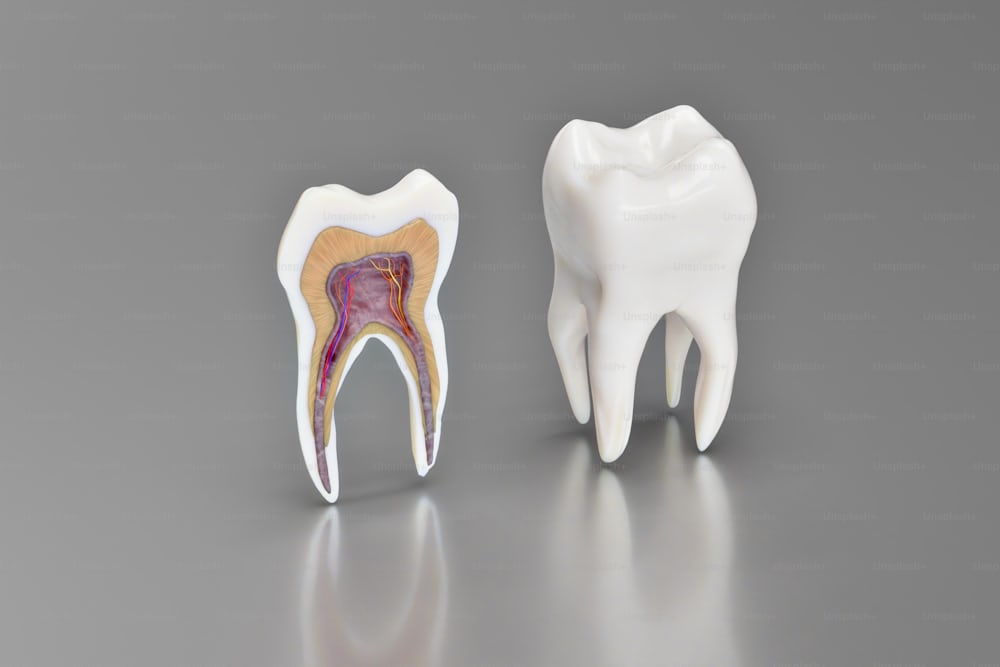HEALTH
Pros and Cons of Different Types of Dental Fillings

Which Dental Fillings is Right for you?
When it comes to treatment for tooth decay, dental fillings are one of the most common options. Fillings protect the tooth from further damage and can restore its shape and functionality. Modern dental advances have made dental fillings incredibly accessible for everyone, with several types of dental filling materials, each with unique pros and cons. Knowing the options beforehand can help you and your dentistal specialist choose the best filling type for your individual needs.
Amalgam Fillings
Amalgam fillings, also known as silver fillings, are made from a combination of silver, mercury, copper and tin. This type of filling has been used in dentistry for decades and is known for its durability and strength. Because of this, amalgam fillings are often used for back teeth like molars, where higher chewing forces are needed.
Pros – Amalgam fillings are affordable and durable, typically lasting 15-20 years or more. They are incredibly resistant to the high-pressure forces of chewing, making them a good choice for back teeth like molars.
Cons – The main drawback of amalgam fillings are their colour, which can be noticeable in the mouth, especially if used on front teeth.
Composite Fillings
Composite fillings are more naturally-coloured and made from a mixture of plastic and glass particles. They can be closely matched to the colour and shade of your teeth, making them a popular choice for visible areas like front teeth, as everyone has varying shades of coloured teeth.
Pros – Composite fillings blend well with your natural teeth, making them nearly invisible. They also bond directly to the tooth structure, which can help strengthen the tooth. Composite fillings also require less material to be removed during filling treatment when compared to amalgam.
Cons – Composite fillings are generally more expensive than amalgam fillings, and while they are durable, they may not last as long as amalgam fillings under high chewing forces. Typically composite fillings last around 5-10 years. Additionally, they can also stain over time, much like natural teeth.
Ceramic Fillings
Ceramic fillings are crafted from porcelain and are often used for their visual appeal and durability. They are usually custom-made in a lab and then bonded to the tooth.
Pros – Ceramic fillings are extremely resistant to staining and are very durable, often lasting many years. They are also highly aesthetic, as they can closely match the color of your natural teeth.
Cons – Ceramic fillings are more expensive than amalgam and composite fillings due to the cost of materials and the labour required in the lab to manufacture. They also require a larger amount of tooth material to be removed to ensure a proper fit.
Gold Fillings
Gold fillings are another long-lasting option that are made of a gold alloy. Although far less common in modern times, they are still valued for their strength and longevity.
Pros – Gold fillings are extremely durable, often lasting far longer than other filling materials. They are also gentle on opposing teeth, reducing friction while chewing when compared to amalgam, composite or ceramic fillings.
Cons – Perhaps rather obviously, gold fillings are the most expensive option and are noticeable due to their recognisable colour. Placement also usually requires multiple dental visits, as they need to be custom-made in a lab.
Glass Ionomer Fillings
Glass ionomer fillings are made from a mixture of acrylic and a specific type of glass that releases fluoride. They are typically used for fillings below the gum line or for fillings in children’s teeth.
Pros – Glass ionomer fillings release fluoride, which can help protect the tooth from further decay. They bond well to tooth structure, which can reduce the need for invasive drilling.
Cons – These fillings are not as durable as other materials, making them more suitable for temporary or low-stress areas. They are also not ideal when matching tooth colour especially when compared to composite or ceramic fillings.
Each filling type has its own pros and cons and is suited for different needs and different situations. Location of the filling, aesthetic preferences, budget and durability requirements are all major factors to consider when arranging dental fillings. Consulting with your dentist is a great way to ensure you make an informed choice, choosing a filling material that provides both functionality and appearance that will meet your needs. Whether it’s the strength of amalgam, the aesthetics of composite or ceramic, or the longevity of gold, there’s a filling material that can restore your smile and protect your dental health.











